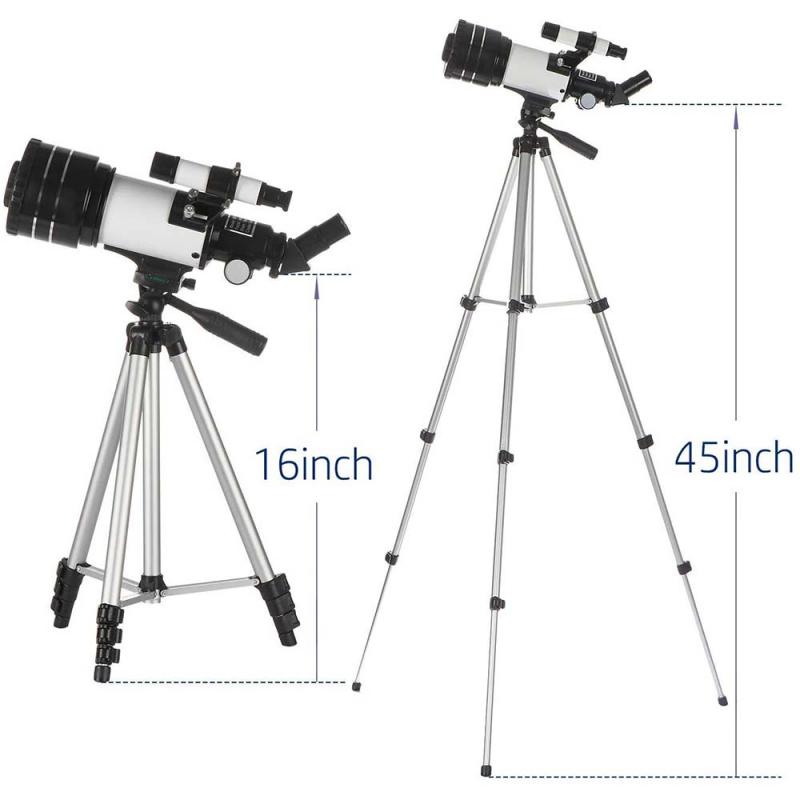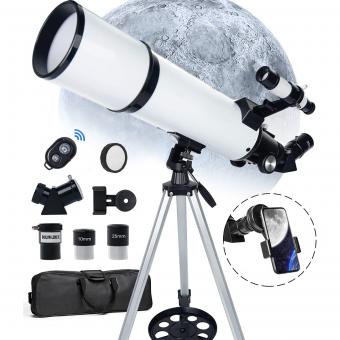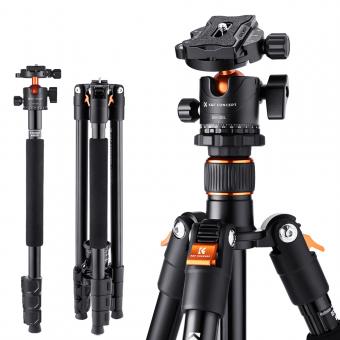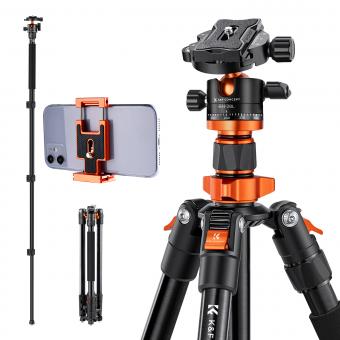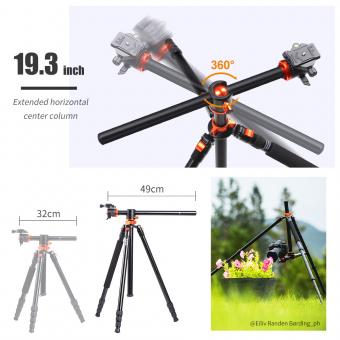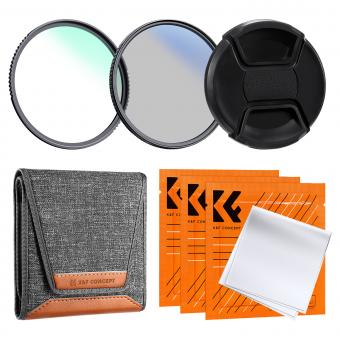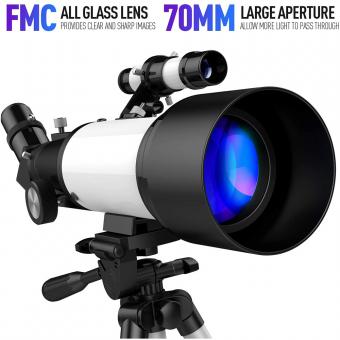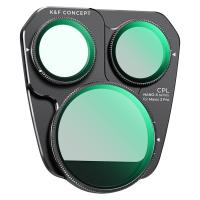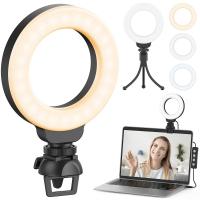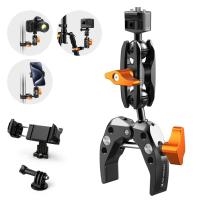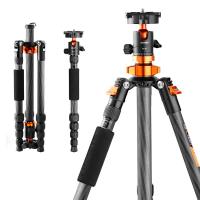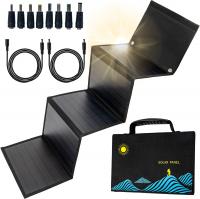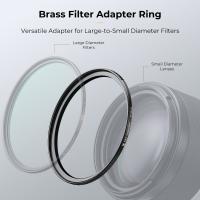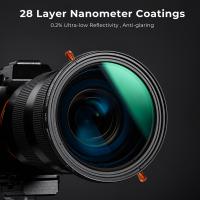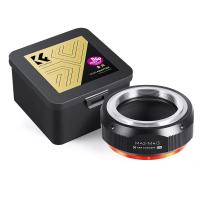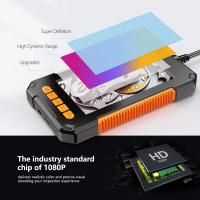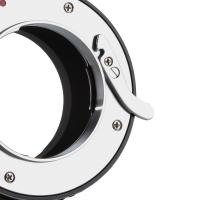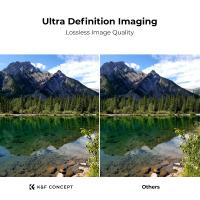Telescope Which One To Buy ?
Choosing a telescope depends on your budget, observing interests, and observing location. For beginners, a small refractor or reflector telescope with a 60-80mm aperture is a good choice. These telescopes are easy to use and affordable. For intermediate observers, a larger aperture reflector or Schmidt-Cassegrain telescope with an aperture of 8-10 inches is recommended. These telescopes offer better views of deep-sky objects and planets. For advanced observers, a larger aperture Dobsonian telescope with an aperture of 12-16 inches is ideal. These telescopes offer the best views of deep-sky objects and planets. It is also important to consider the mount type, as a stable mount is necessary for steady views.
1、 Refractor telescopes
Refractor telescopes are a popular choice for amateur astronomers due to their ease of use and low maintenance requirements. They use lenses to gather and focus light, resulting in clear and sharp images. When it comes to choosing a refractor telescope, there are a few factors to consider.
Firstly, aperture size is important as it determines how much light the telescope can gather. A larger aperture will allow for brighter and more detailed images. However, larger apertures also mean larger and heavier telescopes, which may not be practical for everyone.
Another factor to consider is the focal length of the telescope. A longer focal length will result in higher magnification, but may also make the telescope more difficult to use and require a sturdier mount.
Additionally, the type of mount is important as it affects stability and ease of use. A sturdy mount is necessary for high magnification viewing, but may also be heavier and more expensive.
Finally, it is important to consider the overall quality of the telescope, including the quality of the lenses and construction.
In terms of the latest point of view, there has been a recent trend towards using apochromatic refractor telescopes, which use specialized lenses to reduce chromatic aberration and produce even clearer images. However, these telescopes can be more expensive and may not be necessary for all users.
Overall, when choosing a refractor telescope, it is important to consider your specific needs and budget, as well as the quality and features of the telescope.
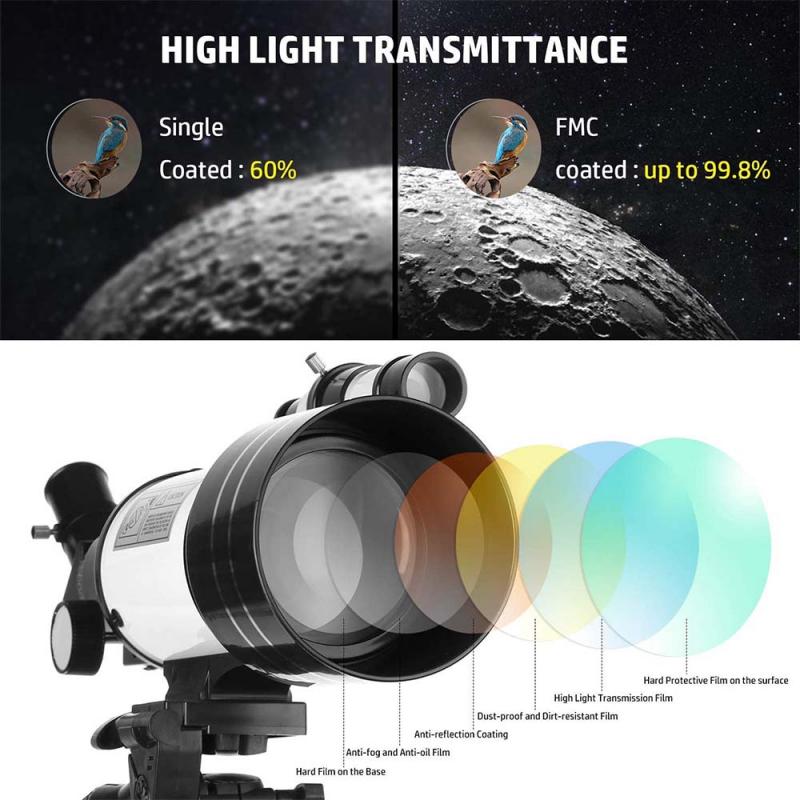
2、 Reflecting telescopes
Reflecting telescopes are a popular choice among amateur astronomers due to their affordability and versatility. They use mirrors to gather and reflect light, which allows for a larger aperture and better image quality compared to refracting telescopes of the same size.
When considering which reflecting telescope to buy, there are a few factors to keep in mind. First, consider the aperture size. A larger aperture will allow for more light to be gathered, resulting in brighter and clearer images. However, larger apertures also mean larger and heavier telescopes, which may not be as portable or easy to set up.
Another factor to consider is the focal length. A longer focal length will result in higher magnification, but may also make it more difficult to find and track objects in the sky. A shorter focal length will provide a wider field of view, making it easier to locate objects.
One popular option for reflecting telescopes is the Dobsonian design, which uses a simple mount and is easy to set up and use. Another option is a computerized telescope, which can automatically locate and track objects in the sky.
It's also important to consider the quality of the optics and the overall build of the telescope. Look for reputable brands and read reviews from other users to get an idea of the performance and durability of different models.
Overall, when choosing a reflecting telescope, it's important to consider your specific needs and preferences, as well as your budget. With the right telescope, you can explore the wonders of the night sky and discover the beauty of the universe.
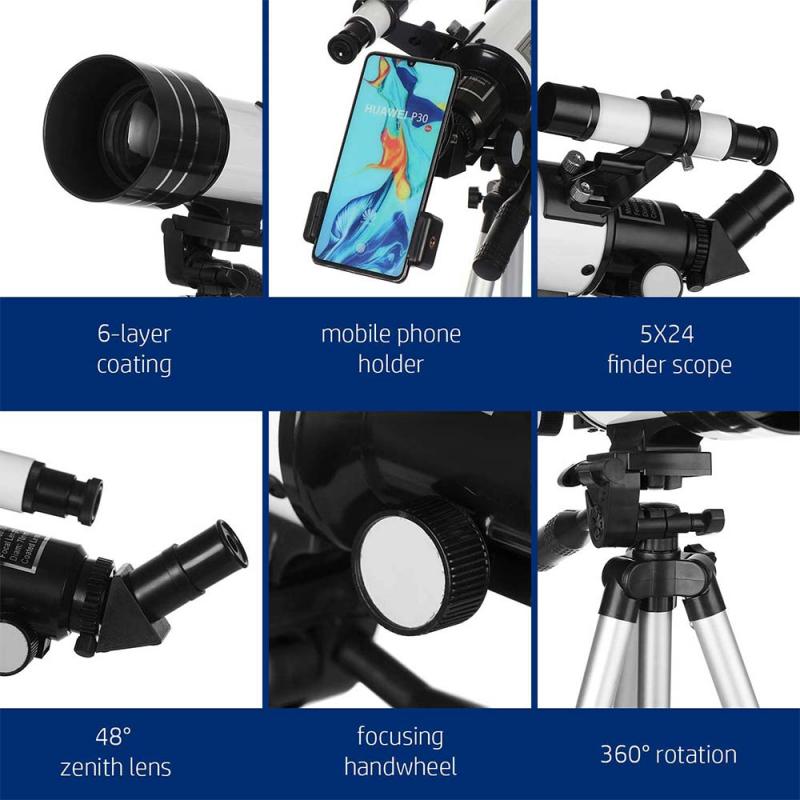
3、 Compound telescopes
Compound telescopes are a popular choice among amateur astronomers due to their compact size and versatility. They use a combination of mirrors and lenses to produce high-quality images of celestial objects. The two most common types of compound telescopes are Schmidt-Cassegrain and Maksutov-Cassegrain.
Schmidt-Cassegrain telescopes are known for their wide field of view and are great for observing deep-sky objects such as galaxies and nebulae. They are also popular for astrophotography due to their long focal length and ability to track objects with precision.
Maksutov-Cassegrain telescopes, on the other hand, are known for their sharp and clear images of planets and the moon. They have a smaller field of view but produce high magnification, making them ideal for planetary observation.
When deciding which compound telescope to buy, it's important to consider your observing goals and budget. Schmidt-Cassegrain telescopes tend to be more expensive but offer a wider range of observing opportunities, while Maksutov-Cassegrain telescopes are more affordable and excel at planetary observation.
It's also important to consider the size and weight of the telescope, as well as its portability. Schmidt-Cassegrain telescopes are more compact and easier to transport, while Maksutov-Cassegrain telescopes are heavier and bulkier.
Ultimately, the best compound telescope for you will depend on your individual needs and preferences. It's always a good idea to do your research and read reviews from other astronomers before making a purchase.
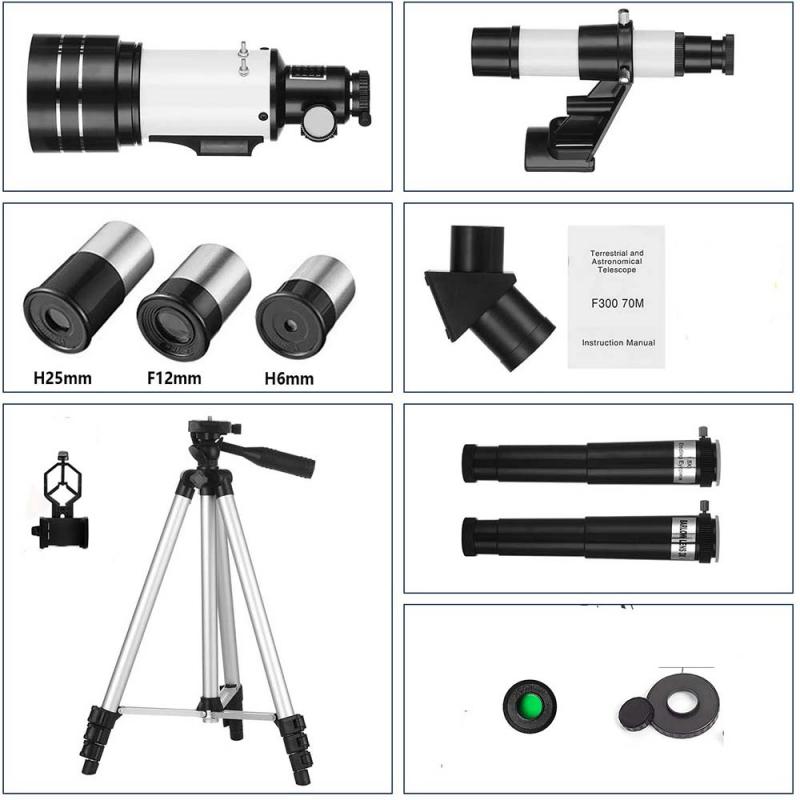
4、 Go-to telescopes
Telescope which one to buy? It ultimately depends on your personal preferences and needs. However, if you're looking for a telescope that can automatically locate and track celestial objects, then a Go-to telescope may be the best option for you.
Go-to telescopes use computerized systems to locate and track objects in the night sky. They are great for beginners who may not be familiar with the night sky or for those who want to spend more time observing and less time searching for objects.
There are many different brands and models of Go-to telescopes available on the market, each with their own unique features and capabilities. Some popular brands include Celestron, Meade, and Orion.
When choosing a Go-to telescope, consider factors such as aperture size, focal length, and mount type. A larger aperture will allow for more light to enter the telescope, resulting in brighter and clearer images. A longer focal length will provide higher magnification, while a shorter focal length will provide a wider field of view.
It's also important to consider the type of mount the telescope comes with. A sturdy and stable mount is essential for smooth and accurate tracking of celestial objects.
In terms of the latest point of view, there has been a recent trend towards using smartphone apps to control Go-to telescopes. This allows for easier and more intuitive control of the telescope, as well as the ability to share images and observations with others.
